Russia is taking care of itself
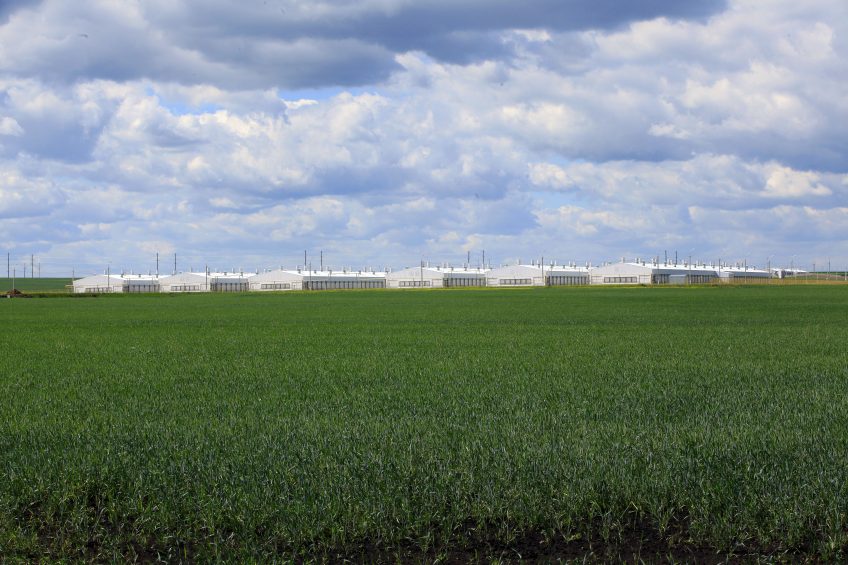
Despite bad market conditions, pork production in Russia has been growing at an unprecedented and uninterrupted pace lately. It is expected that the country will reach self-sufficiency by 2020. Export may not be far off either.
Russia’s pork industry is growing very fast, that much is for sure. Estimates for 2016 pointed to a 9.3% year-on-year growth, when compared to 2015. Russia must have produced around 3.39 million tonnes (slaughterweight) in 2016, explains Dr Yuri Kovalev, chairman of Russia’s National Union for Pork Producers (NSS). In the last decade alone, says Kovalev, domestic pork production has doubled. This strong growth is mainly taken care of by the large, industrial pork companies, see also Table 1.
The reason behind this strong growth is a national state-run stimulation programme for agriculture, including the provision of interest subsidies for agricultural companies. Ultimate goal: self-sufficiency for agricultural produce by 2020. As the pig sector continues to invest and grow, Moscow’s ambitions appear to be met.
In a remarkable way, the ban on European produce has made this goal even more urgent and has proved to be beneficial for Russia’s domestic pig industry. About 3 years ago, the Russian government started to issue sanctions, first as a consequence of ASF in the European Union, later followed by a trade ban banning all EU meat as a result of geopolitical tensions.
Some more figures to illustrate the growth: industrial pig farms together produced 2.46 million tonnes of pork in 2015, which was a six-fold growth in comparison to 2005. The percentage of pork from small-scale and backyard farms was 70% in 2005 and currently this stands at around 20%. Their proportion became smaller because they suffer from the consequences of African Swine Fever (ASF), states Kovalev.
According to NSS figures, the Russian pork industry has grown by 1 million tonnes since 2013. Needs for imports on the other hand decreased from 40% to 10%. Kovalev summarises, “Our country is almost liberated from its dependence on foreign pork.”
Exporting to China
Foreign businessmen frequenting Russia do confirm this development. Ton ten Dam, Manager for Central and Eastern Europe at Hypor pig genetics, confirmed to Pig Progress that he would not be surprised if indeed Russia will be self-sufficient with regard to pork in a few years – and will even have started to export to China. Ten Dam says that Russia’s pork business has been suffering over the last 2 years. Russia’s economy has been suffering from a low oil price and a weak rouble. This made imports of e.g. soybeans or livestock equipment fairly expensive. The Russian economy, however, is showing signs of recovery. Should the recovery prove to stay, in 2018 more investments can be expected in the pig sector. Ten Dam says that there are plans to further expand the sow inventory by 200,000 to 300,000 animals.
As a result of economic uncertainty in the second half of 2015 as well as throughout 2016 substantially less has been invested in the pig sector. In Russia, loans from a bank need to be paid back within eight years – having good pig prices is therefore just an absolute condition. It is, however, a fact that pig prices have been decreasing since 2014. According to Ton Sas, a Dutch independent nutritionist who used to work for animal nutrition company Provimi, pigs were sold at roughly € 1.50/kg liveweight by the end of 2016. 2 years before, however, these figures were € 1 higher. The price drop is most probably related to the bad economic situation in Russia, resulting in a reduced purchasing power in combination with a larger meat supply.
The lower meat price does, however, stimulate consumption. Kovalev states that domestic demand for pork has grown by 8.4% in 2016. That equals to 195,370 tonnes of meat. Russia’s per capita pork consumption was 32 kg, nearly three times as much as at the change of the millennium. Kovalev expects a further growth of domestic demand to pork. This growth, however, is expected to slow down, as it reaches EU standards.
From importing to exporting
The Russian pig sector does profit from all trade bans. Ten Dam expects that Russia will continue on its way up and will eventually become self-sufficient for pork.
Kovalev adds that his members have exported roughly 40 to 45,000 tonnes of pork. This volume is likely to grow to 200,000 tonnes or even more. NSS members will increase production with an additional 1.4 million tonnes of pork – an increase of 50%. Should these ambitions indeed prove to be true, then the 20 largest pig integrators in Russia will take care of roughly 75% of all pork produced in Russia. In that year, the country will produce 40 million pigs annually, Kovalev expects. Then about 85% of all pork will meet the highest worldwide standards in terms of food safety and quality.
Not only for meat, but also for pig feed and genetics Russia ceased to be overly dependent on imports: about 10% says Kovalev. In the last couple of years, many feed plants and pig breeding herds have been built. Only amino acids, animal health products, vitamins and machines are still being imported on a large scale.
|

*Assistance for this article was provided by Vera Dubinskaya, Tsenovik magazine, Russia
Join 18,000+ subscribers
Subscribe to our newsletter to stay updated about all the need-to-know content in the pigsector, three times a week. Beheer
Beheer
 Russia at a glance
Russia at a glance
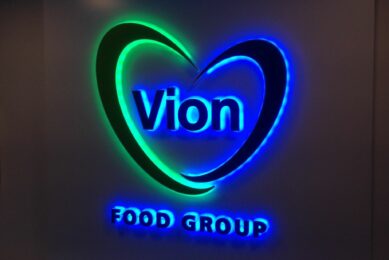
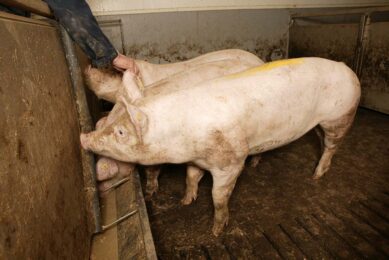
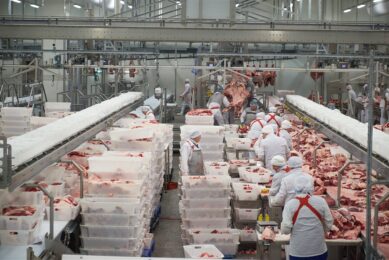
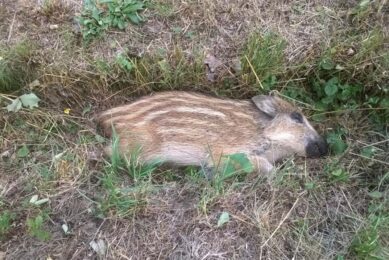





 WP Admin
WP Admin  Bewerk bericht
Bewerk bericht